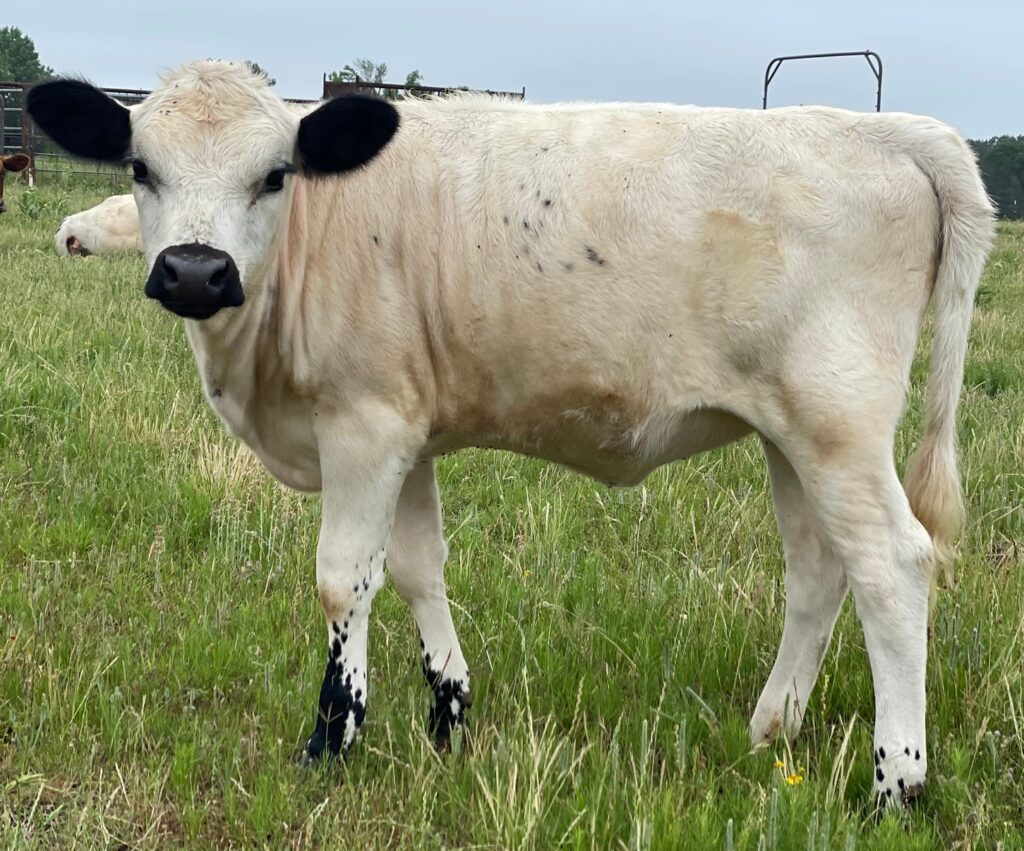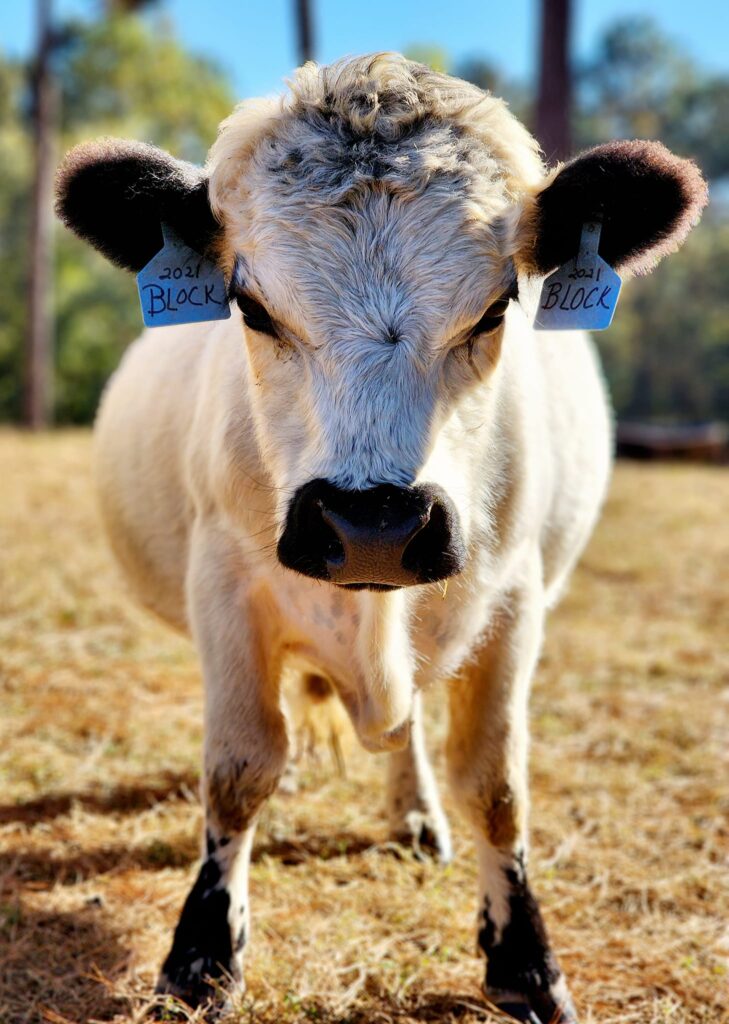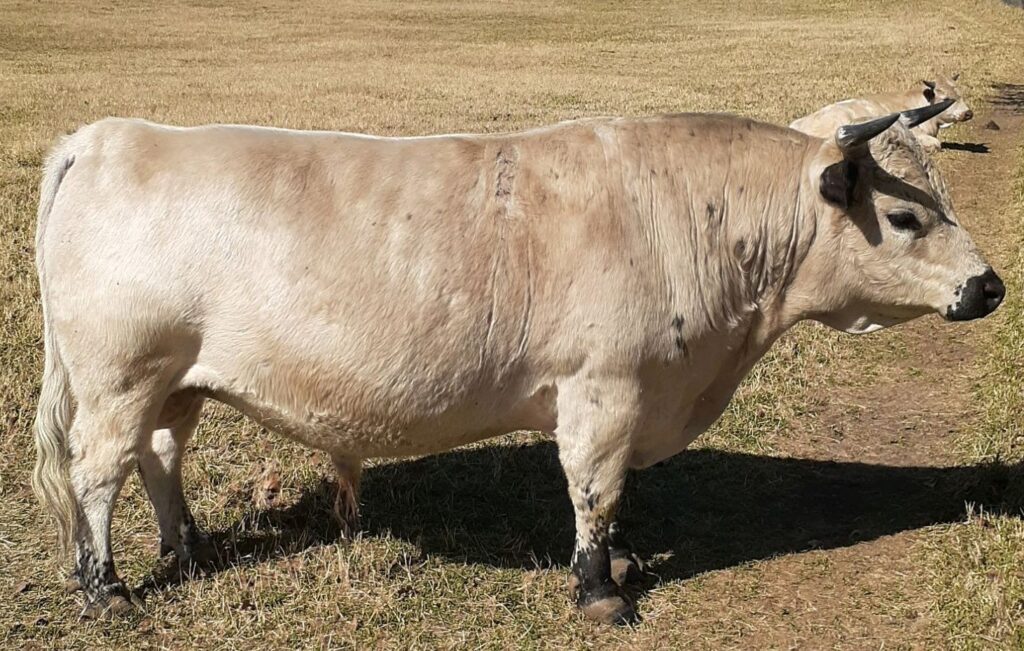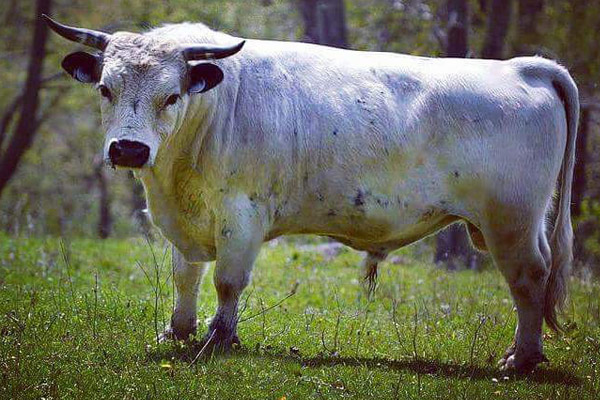White Dexter Breed Standards
Adopted on October 8, 2022, the White Dexter Breed Standards were established to assist all breeders and buyers in elevating their awareness of breeding quality animals to further the breed in a responsible and discerning manner.
These Standards are kept purposefully simple so that everyone can easily access their herd with knowledge that is easy-to-understand and identify.
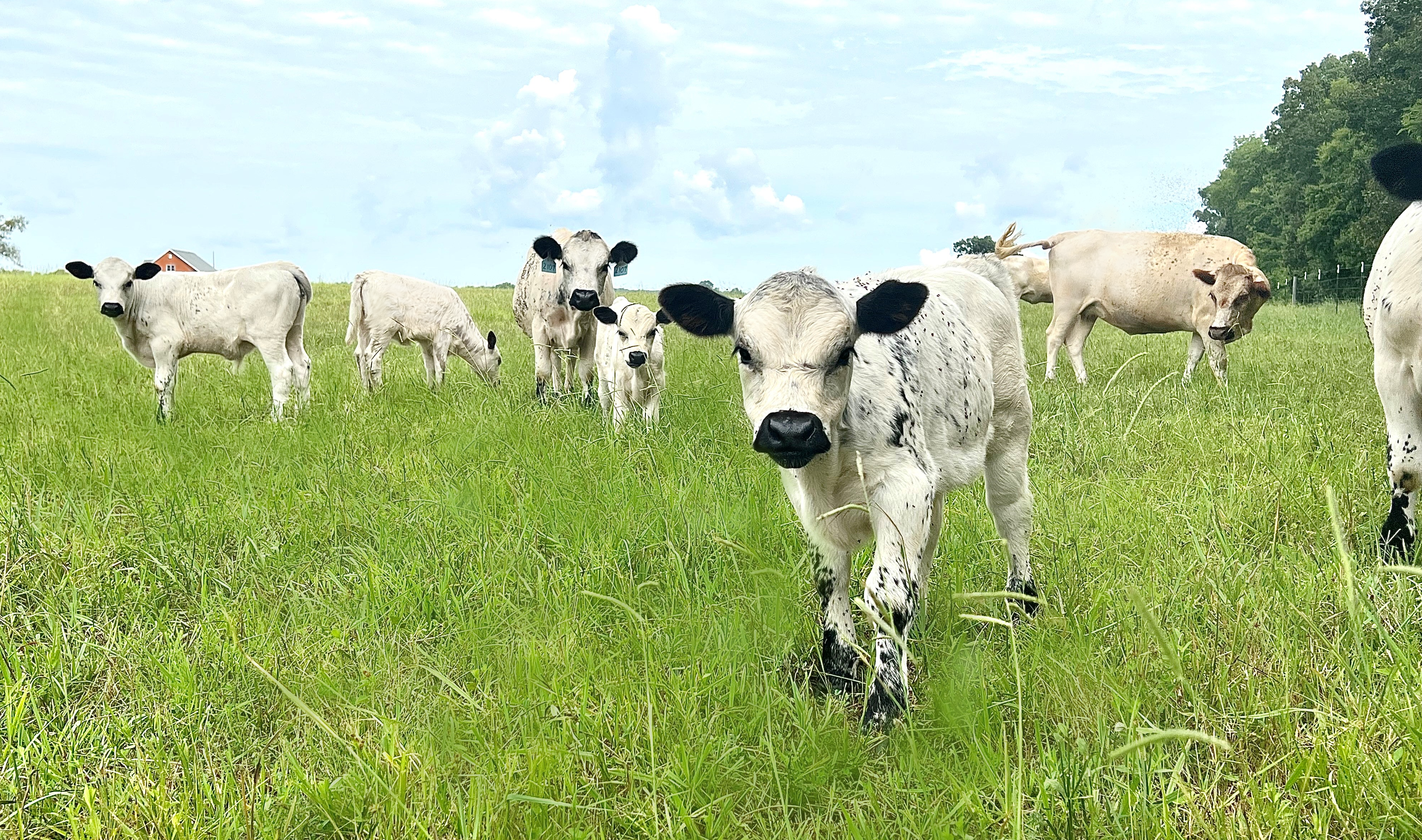
Breed Standards cover conformation and breed specific traits. Conformation is comprised of the skeletal and muscular structure of each animal. The conformation of an animal affects its longevity, functionality, fertility, and production efficiency.
By breeding to correct inadequacies in a herd or to further strengthen existing qualities, White Dexter breeders can ensure the quality of the breed for future generations by making wise and informed decisions.
The following are the Breed Standards for White Dexter Cattle. Click on each topic below to go to a more detailed explanation.
Head and Horns – Short, broad head. Horned, dehorned, and polled (including scurs) animals are all of equal merit.
Neck – Deep and thick.
Body– Ample chest, thick, deep quarters, broad hips, well-rounded rump.
Top-line– Straight, tail-set level with spine
Legs– Good width between both front and back legs; legs should be square
Feet– Short Toed, deep heeled, and level
Udder– Well-attached, high and wide rear attachment; teats should be well spaced and hang equal and plumb
Testicles– Well-hung and even; four well-defined, evenly spaced teats
Sheath– Held near body; penis should retract completely when at rest
Hide– Short and slick in summer; long and thick in winter
Height– Recommended for bulls 36-48 inches; recommended for dams 36-46 inches
Color– Color pointed: ears, muzzle, eyes, and feet with predominantly white body
Head and Horns – The head should be short from poll to muzzle with a wide eye-set.
Horned, dehorned, and polled animals are all considered of equal merit. Some polled animals show scurs (small, misshapen horns) and still test polled. Scurs are acceptable.
Neck – Deep and thick.
A bull’s neck should be thick and masculine with a pronounced hump at maturity.
A female’s neck should be proportionately thick to her body.
This mature bull has a thick, strong neck with a masculine look.
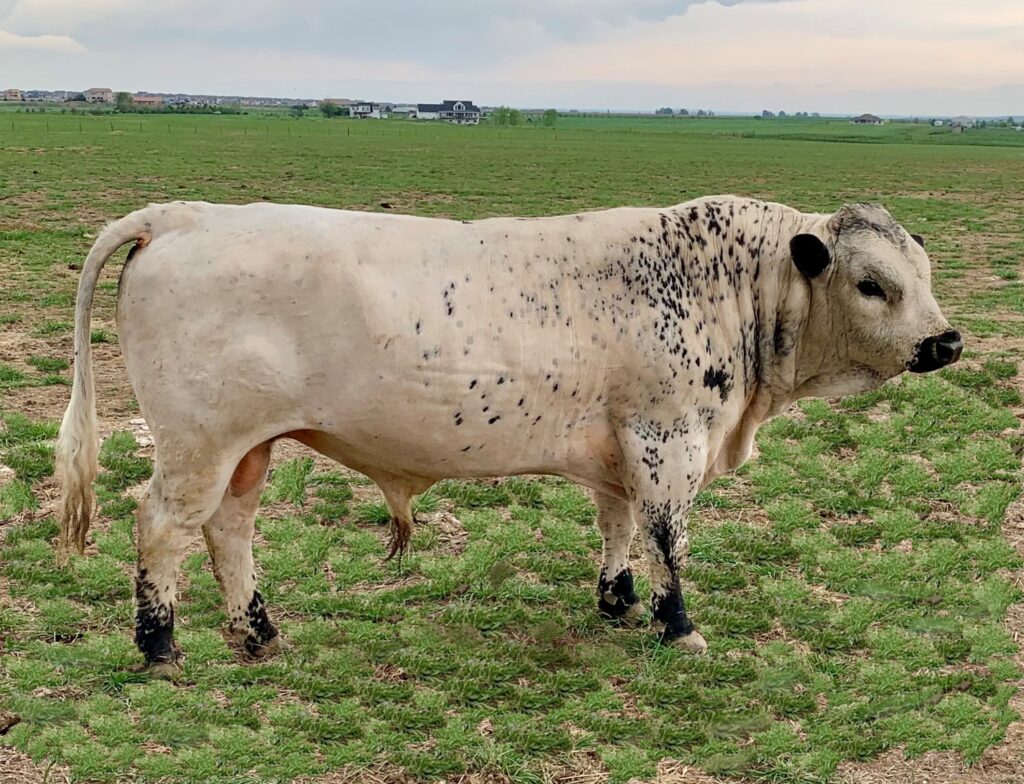
This heifer has a full, round neck that attaches deep into her chest.
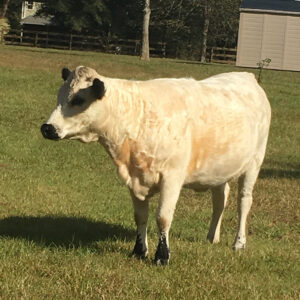
Body– Ample chest, thick, deep quarters, broad hips, well-rounded rump.
From the front, the chest should be wide with ample space between the top of the front legs.
From the profile, the body should be thick and deep to allow for vital organs.
Front and rear quarters should be deep and of similar width. We call this “balanced.”
Hips should be broad when viewed from the rear.
Rump should be well-rounded and have only a slight angle downwards from hooks to pins.
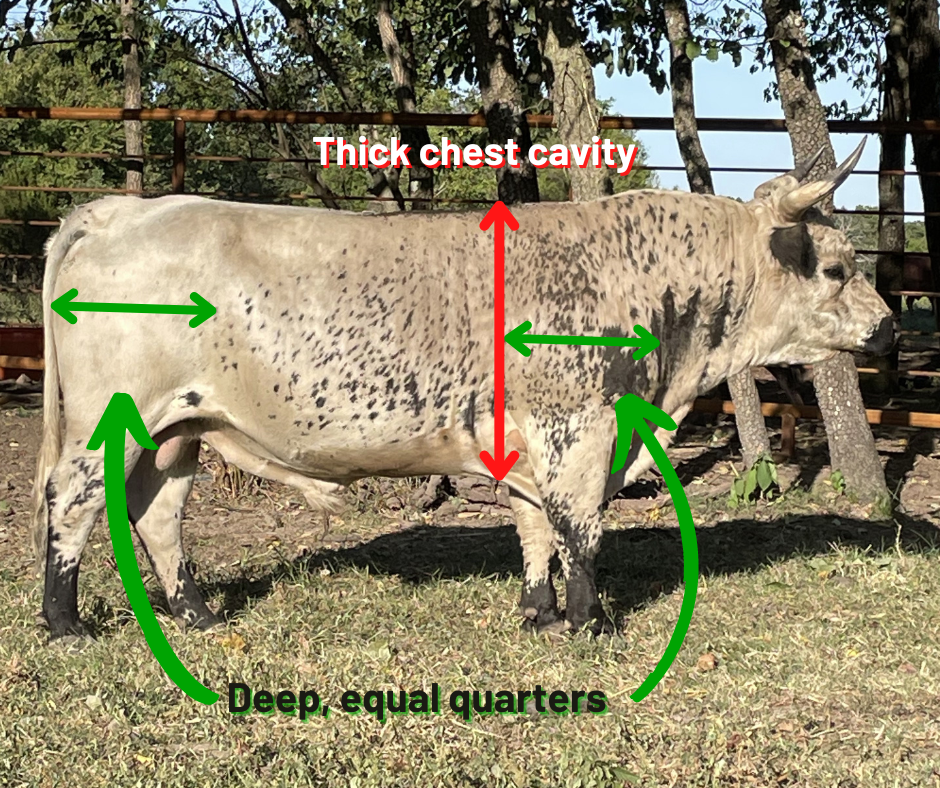
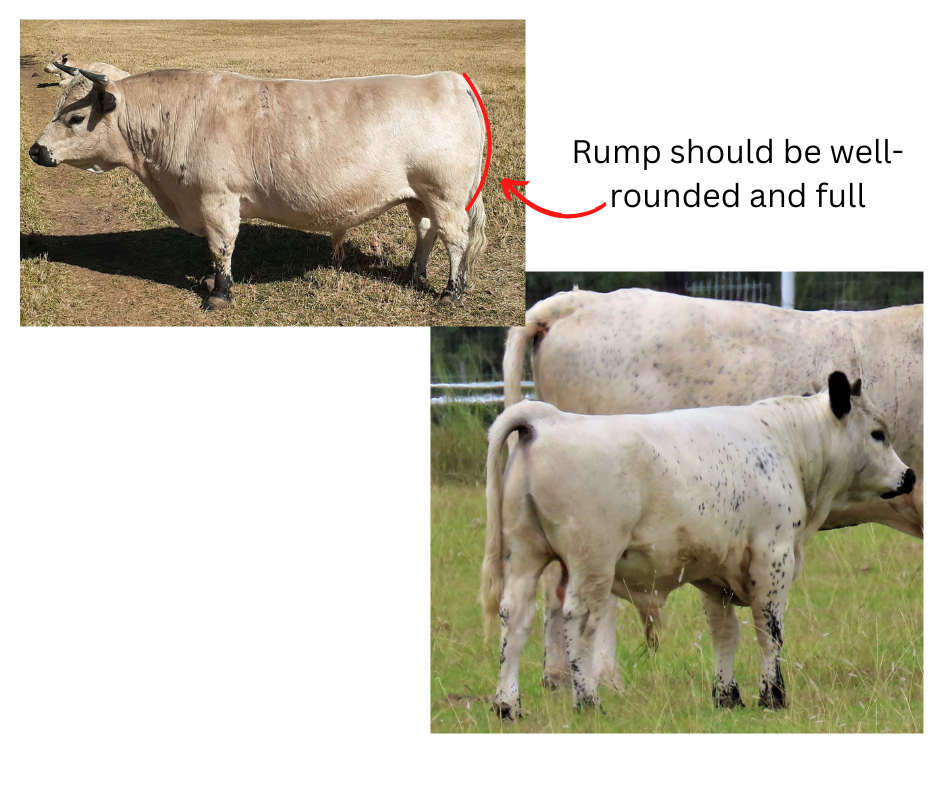
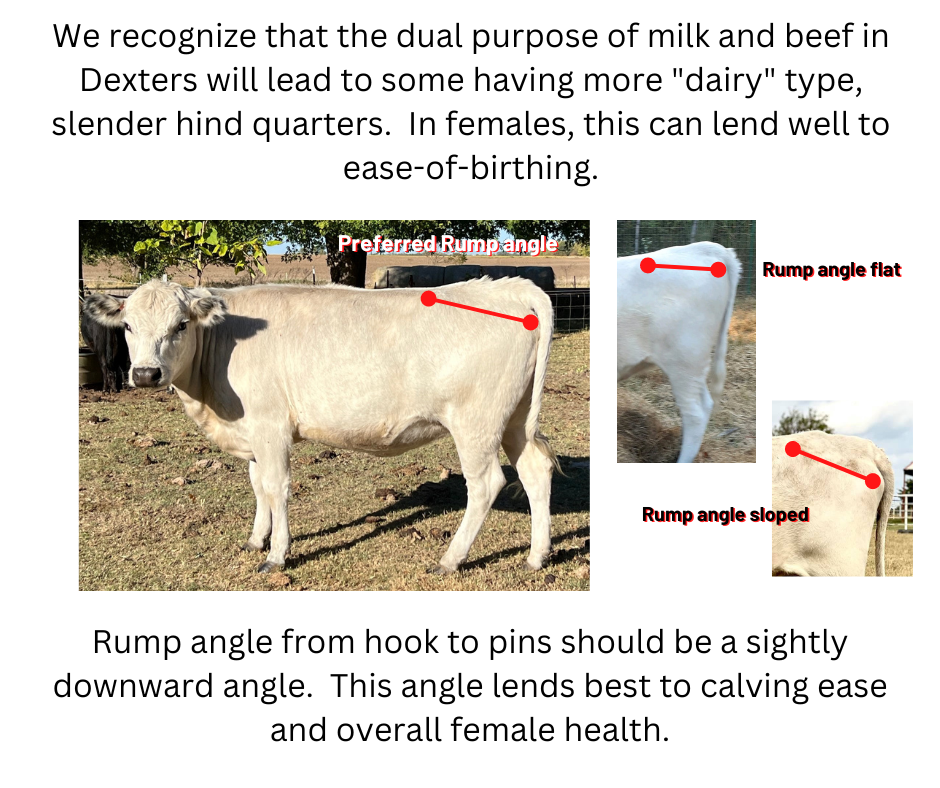
Top-line– Straight and tail-set level with spine.
From the profile, the top-line should be level from shoulders to top of the tail head.
This young, chondro-positive bull shows a nice, straight top-line.
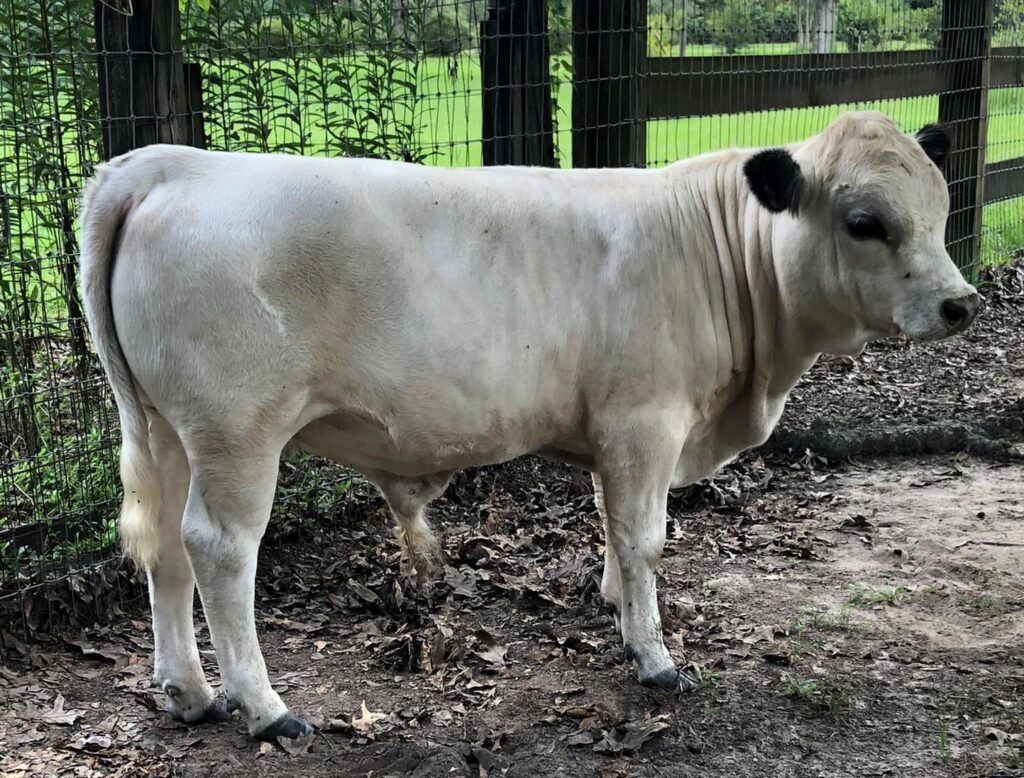
Adult, chondro-positive cow. While we recognize that many chondro animals will have a higher tailset as a characteristic of being chondro, straight tail sets are possible and should be a goal.
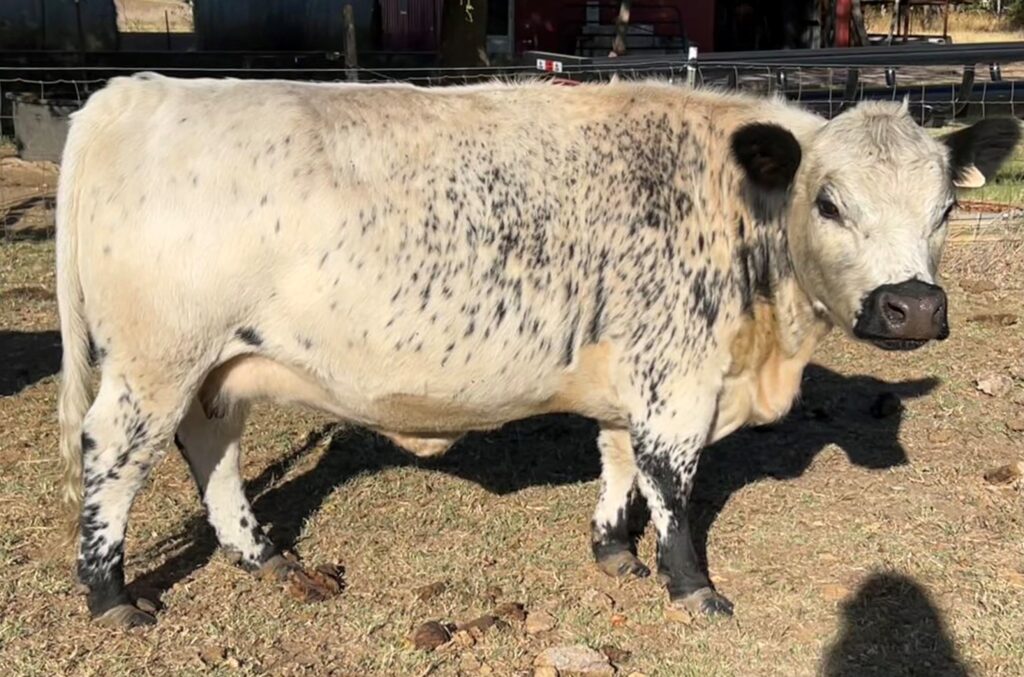
This is considered Roach-back with a raised “hump” in the middle of the back.
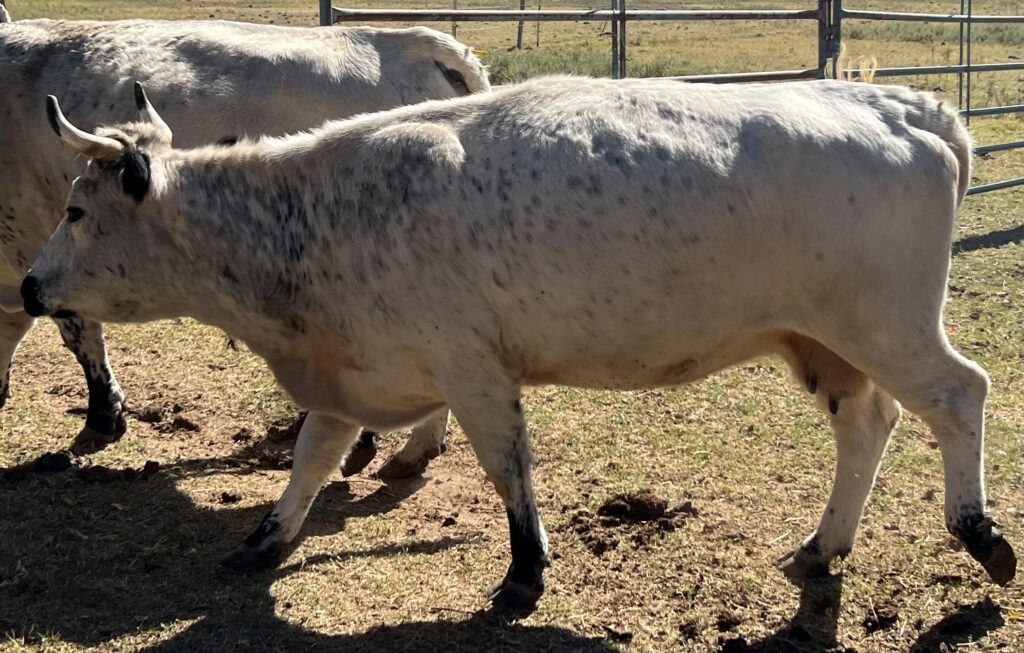
Legs– Good width between both front and back legs. Legs should be square.
A solid foundation of good feet and legs can help ensure longevity and soundness of every animal.
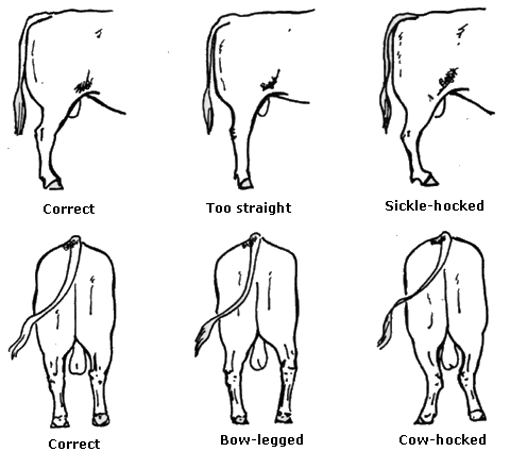
Feet– Short-Toed, Deep-heeled, and level
Feet should follow the pastern (below the ankle) in a 45 degree angle for the best mobility and flexibility.
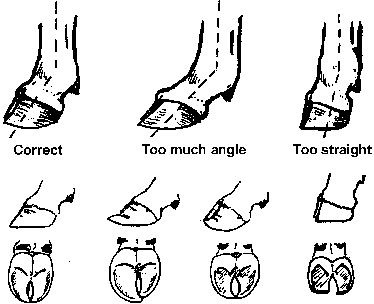
The angle of the hoof does not match the angle of the pastern. The toe is too long and heel is short.
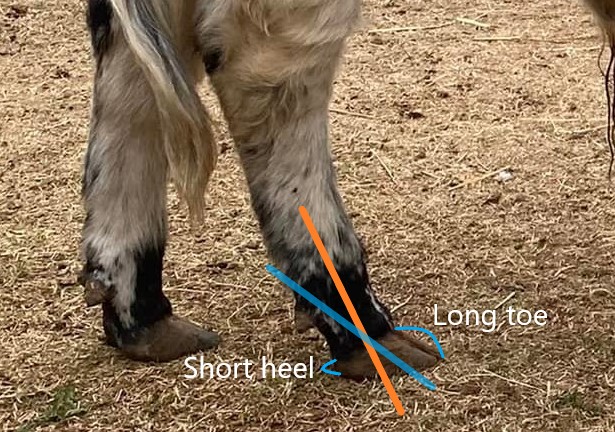
Udder– Well-attached, high and wide rear attachment; teats should be well spaced and hang equal and plumb
The functionality of the udder is imperative to the health of the cow and calf’s livelihood.. Please refer to the diagrams to see the difference in “good” and “bad” udders. The following article is a great resource to read further about udder and teat health and scoring.
From UNL, “A Guide to Udder and Teat Scoring Beef Cows”-
“The conformation of a beef cow’s teats and udder are important in a profitable cow/calf enterprise. Females with poor udder and teat conformation are a management challenge for commercial cow/calf producers.
- Cattle producers do not have the time or labor to manage around cows that need intervention at calving to physically ‘milk-out’ a quarter(s) so that the calf can suckle or to save the quarter from infection.
- Research findings in two experiments indicates that the occurrence of clinical mastitis in beef cow herds was 17.5% and 11.9% resulting in a reduction in weaning weights of 12.5% and 7.3%, respectively.
- Poor udder and teat conformation can potentially lead to increased calf sickness as teats may be contaminated with mud and debris from a dirt pen or calving area before the calf suckles.”
Read the rest of the article at: A Guide to Udder and Teat Scoring Beef Cows | UNL Beef
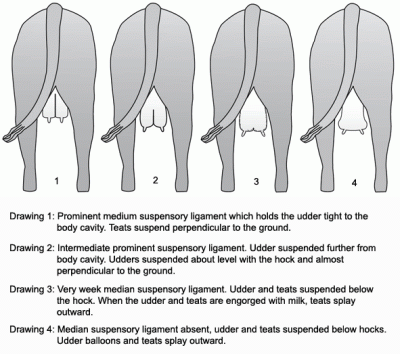
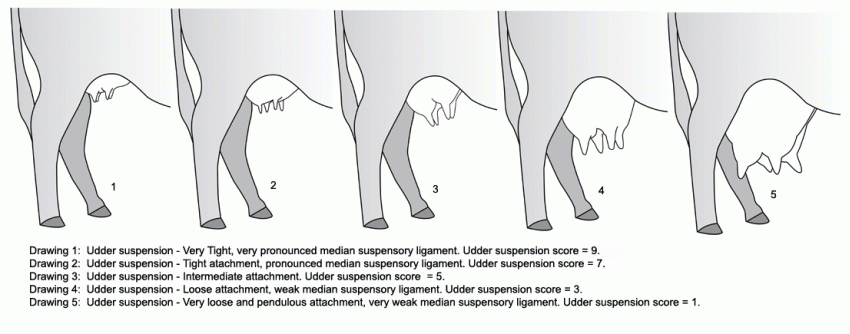
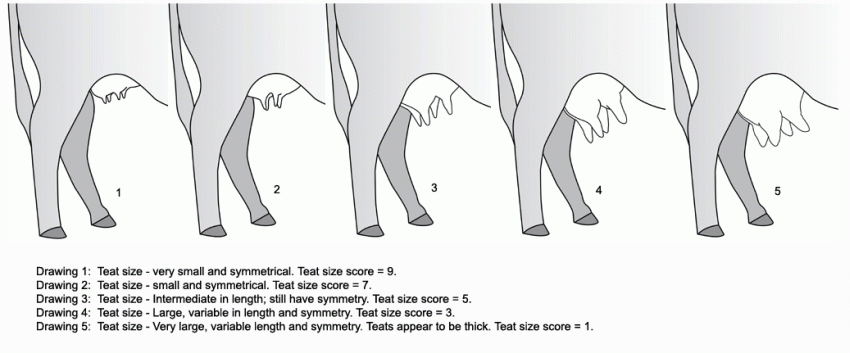
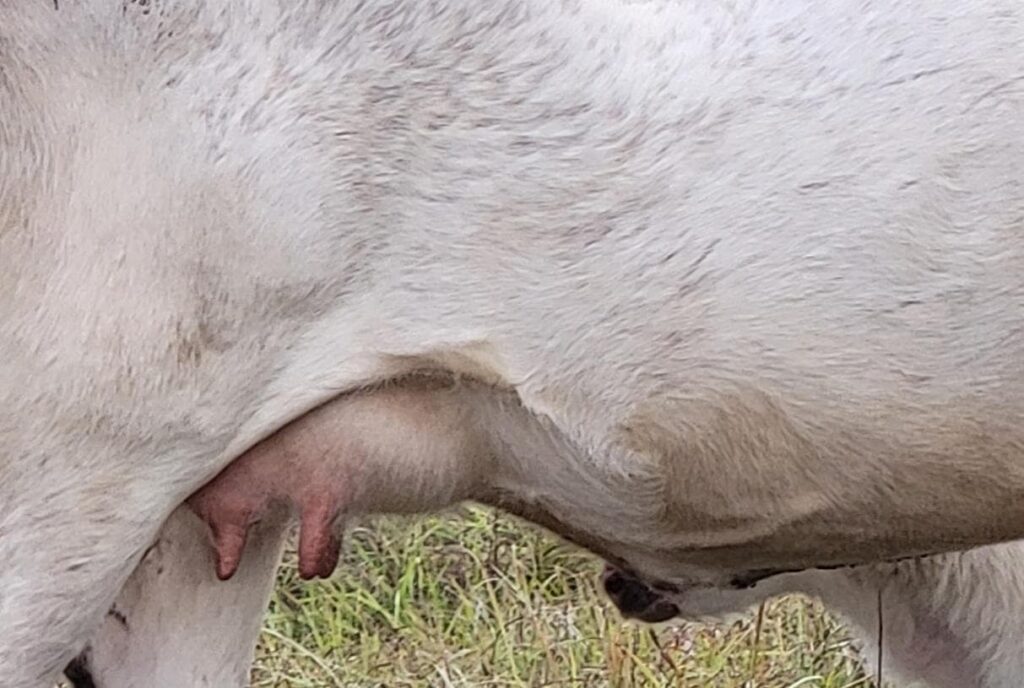
Testicles– Well-hung and even; four well-defined, evenly spaced teats
Testicles should hang even, without being twisted or lopsided.
Female offspring from a bull receives its udder genetics from the bull, so evenly spaced teats are important (as well as the bull’s dam’s udder).
Here is a bull with even, straight hung testicles and a close-to-body sheath.
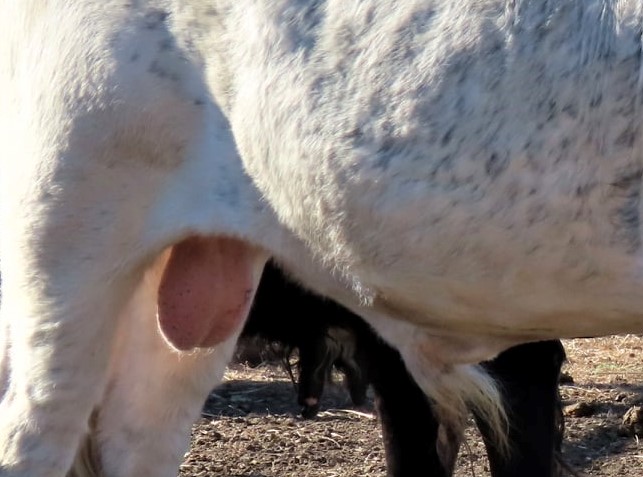
Sheath– Held near body; penis should retract completely when at rest
Hide– Short and slick in summer; long and thick in winter
Cattle should thicken their winter coat and shed smooth in the summer. These both lead to ease of maintenance year-round.
This bull is shed off slick for the summer.
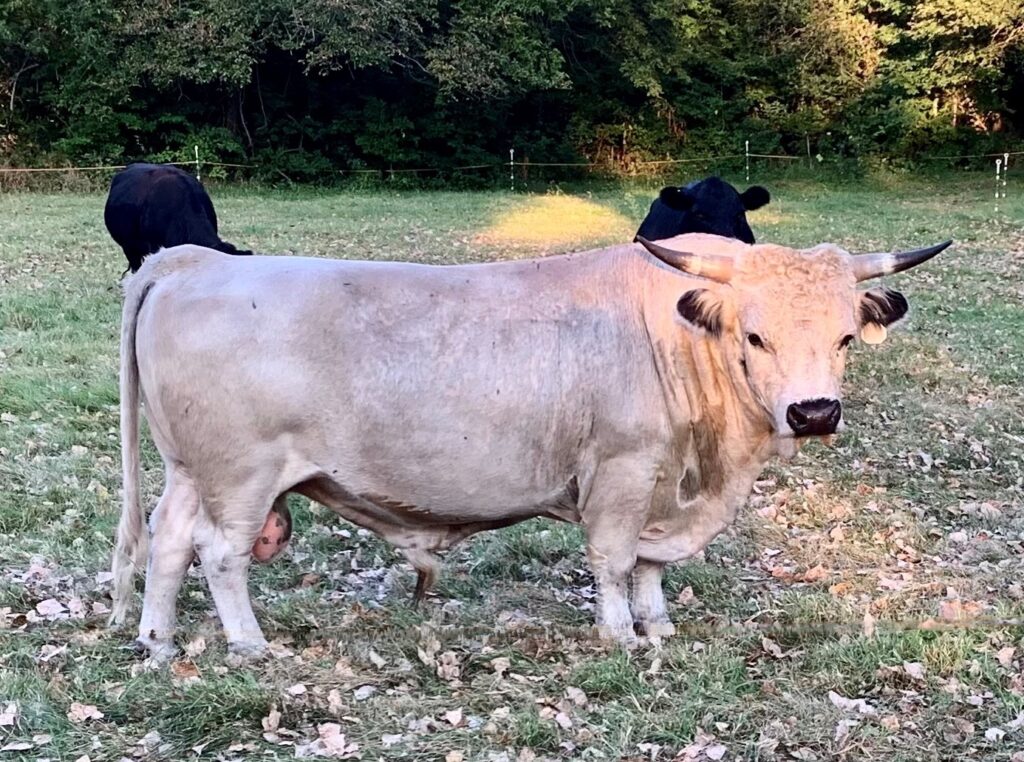
This same bull with a winter coat.
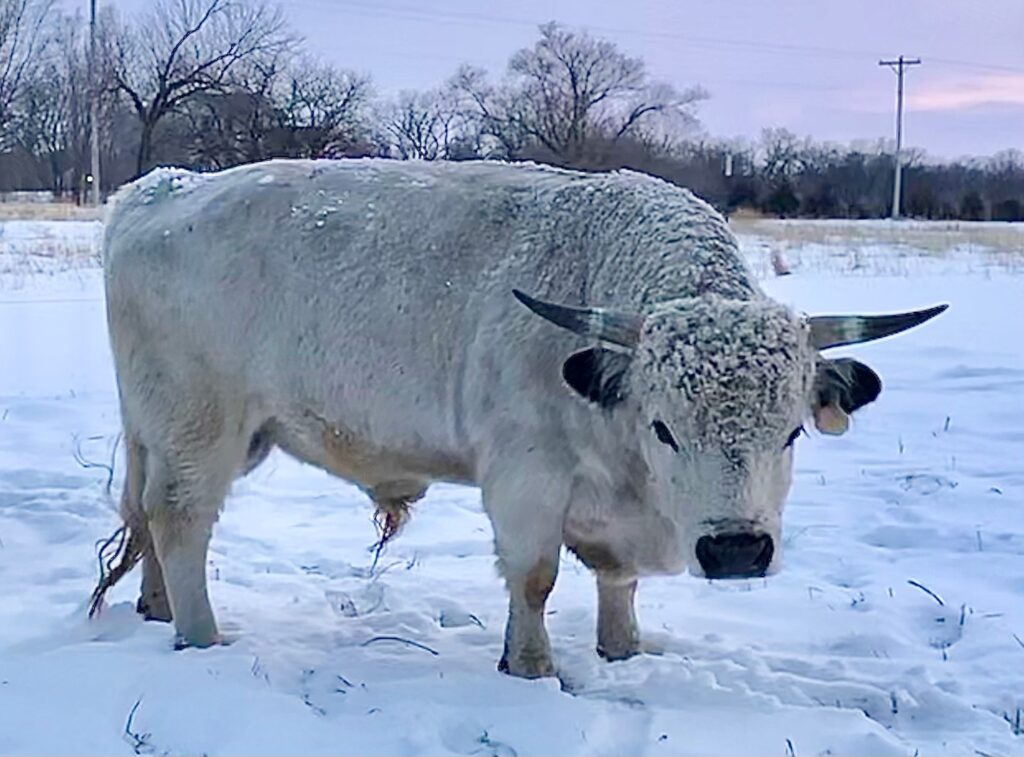
Height– Recommended for bulls 36-48 inches; recommended for dams 36-46 inches
Height should be measured with animal standing square, at the hook of the hip.
Note that measurements should be taken at the hip.
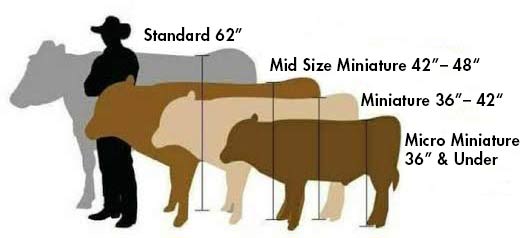
Color– Color pointed: ears, muzzle, eyes, and feet with predominantly white body
